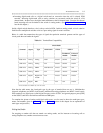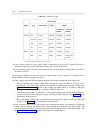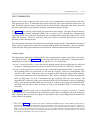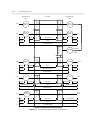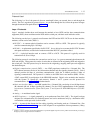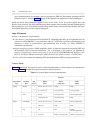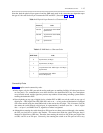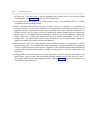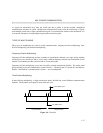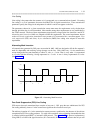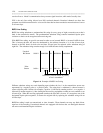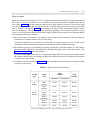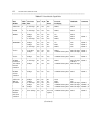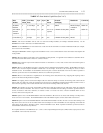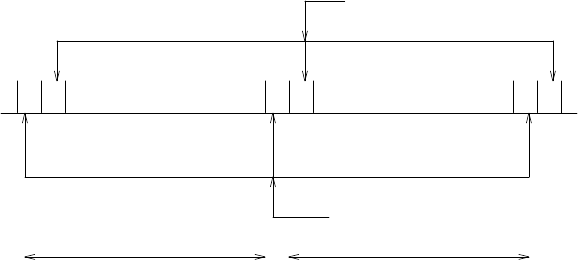
MULTIPLEXED COMMUNICATION
_ ______________________________________________________________________________________
_ ______________________________________________________________________________________
_ ______________________________________________________________________________________
As signals are transmitted away from the switch and onto a public or private network, multiplexed
communication becomes an option. Multiplexed communication results from the interleaving of signals
from multiple circuits into a single communications path. For transmissions with the same destination, it is
an economic alternative to using multiple single-trunk transmission paths.
TYPES OF MULTIPLEXING
Three types of multiplexing are used in switch communications: frequency-division multiplexing, time-
division multiplexing, and statistical multiplexing.
Frequency-Division Multiplexing
Frequency-division multiplexing provides a number of simultaneous channels over single analog medium
(twisted pair, coax, microwave, and so on) by using a different frequency band for the transmission of each
channel. Each channel provides a discrete data or conversation path.
Frequency-division multiplexing is used only for public network transmission facilities. The analog trunk
groups attached to private communication system switches — like the System 75, System 85, and DEFINITY
Generic 1 and Generic 2 communications systems — are not multiplexed.
Time-Division Multiplexing
In time-division multiplexing, a single transmission path is divided into several different communications
channels. The channels are assigned in units called time slots.
125 µSECONDS 125 µSECONDS
MY TIME SLOT
YOUR TIME SLOT
Figure 1-4. Time Slot
1-17



